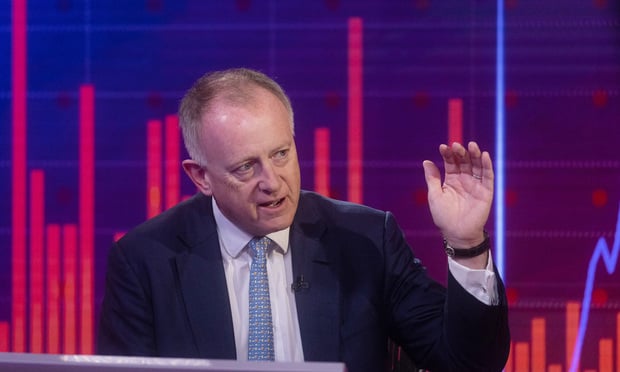New York
If there is any segment of the property and casualty insurance industry to worry about when it comes to investments in municipal bonds, it would be small regional companies, an industry analyst said recently.
Speaking at the P/C Insurance Joint Industry Forum in New York earlier this month, V.J. Dowling, managing partner for Dowling & Partners, an institutional investment firm in Hartford, Conn., said that while municipal bonds represent a high percentage of invested assets of p&c insurers, he evaluates an individual insurer's exposure to the recessionary problems of state and local governments based on the firm's investment acumen and strategy rather than the size of its muni-portfolio.
Recommended For You
Want to continue reading?
Become a Free PropertyCasualty360 Digital Reader
Your access to unlimited PropertyCasualty360 content isn’t changing.
Once you are an ALM digital member, you’ll receive:
- Breaking insurance news and analysis, on-site and via our newsletters and custom alerts
- Weekly Insurance Speak podcast featuring exclusive interviews with industry leaders
- Educational webcasts, white papers, and ebooks from industry thought leaders
- Critical converage of the employee benefits and financial advisory markets on our other ALM sites, BenefitsPRO and ThinkAdvisor
Already have an account? Sign In Now
© 2025 ALM Global, LLC, All Rights Reserved. Request academic re-use from www.copyright.com. All other uses, submit a request to [email protected]. For more information visit Asset & Logo Licensing.








